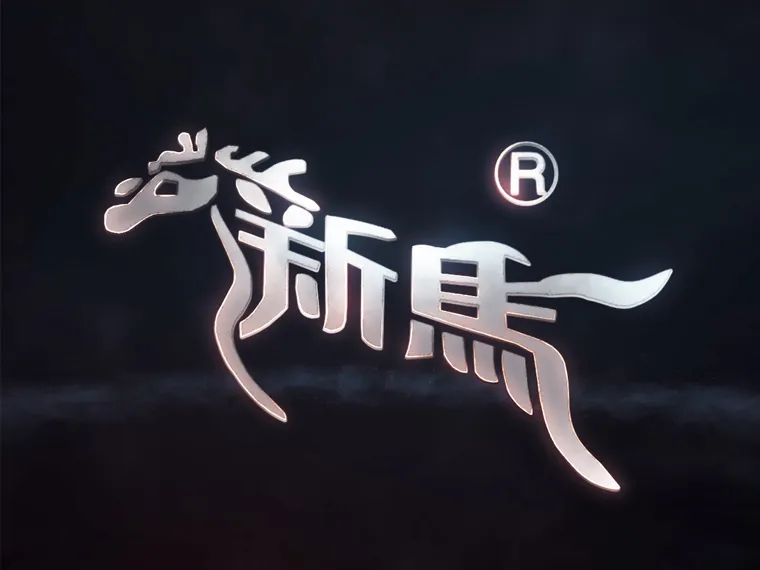Grinding media balls play a crucial role in various industrial processes, from mineral processing to cement manufacturing. These balls are designed to efficiently reduce the size of different materials through grinding, ensuring optimal performance and quality. In this article, we will delve into the diverse range of materials used in manufacturing grinding media balls, highlighting their unique characteristics and applications.

1. Steel Balls:
Steel balls are the most widely used and versatile grinding media balls. They are commonly manufactured using high-quality carbon or alloy steel. Carbon steel balls are cost-effective and suitable for general grinding applications. Alloy steel balls, with enhanced hardness and impact resistance, are ideal for demanding operations such as mining and cement production. Steel balls offer good wear resistance and toughness, making them highly durable in grinding processes.
2. Ceramic Balls:
Ceramic grinding media balls have gained popularity due to their exceptional properties. Made from materials such as alumina, zirconia, or silicon nitride, ceramic balls offer superior hardness, wear resistance, and chemical inertness. Their high density enables efficient grinding and leads to finer particle size reduction. Ceramic balls are commonly used in ultrafine grinding applications where contamination control and high grinding efficiency are paramount, such as in the pharmaceutical and advanced materials industries.
3. Glass Balls:
Glass balls, made from soda-lime or lead-oxide glass, are another option for grinding media. Known for their high hardness and corrosion resistance, glass balls excel in small-scale grinding processes. Their smooth surface ensures minimal abrasion on the equipment, making them ideal for bead mills. Glass balls find applications in industries like paints, inks, and pigments, where dispersion and reduced product contamination are vital factors.
4. Forged Balls:
Forged grinding media balls are manufactured through a specialized process involving intense mechanical deformation of heated metal. Generally made from low-alloy carbon steel or alloy steel, forged balls possess high impact toughness, excellent dimensional consistency, and exceptional surface hardness. These attributes make them suitable for heavy-duty applications in mining and cement industries, where large-scale grinding operations are prevalent.
5. Other Materials:
In addition to the aforementioned options, there are other materials used in niche applications. Tungsten carbide balls are exceptionally hard and can withstand high temperatures, making them suitable for grinding hard and abrasive materials. Stainless steel balls offer corrosion resistance and are used in specific industries where material purity is essential, such as the food and medical sectors.
Selecting the appropriate grinding media balls is crucial for achieving efficient grinding and high-quality end products in various industries. Steel balls are the most common choice due to their versatility, while ceramic balls provide exceptional wear resistance for fine grinding. Glass balls offer low contamination and smooth grinding surfaces, and forged balls are ideal for demanding mining and cement applications. Manufacturers must consider material properties and application requirements to ensure optimal grinding performance and productivity.

